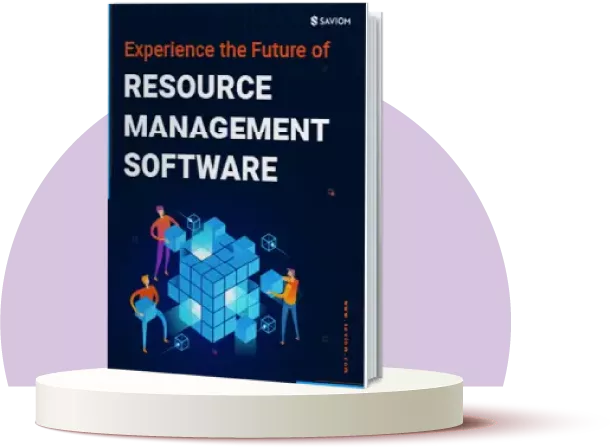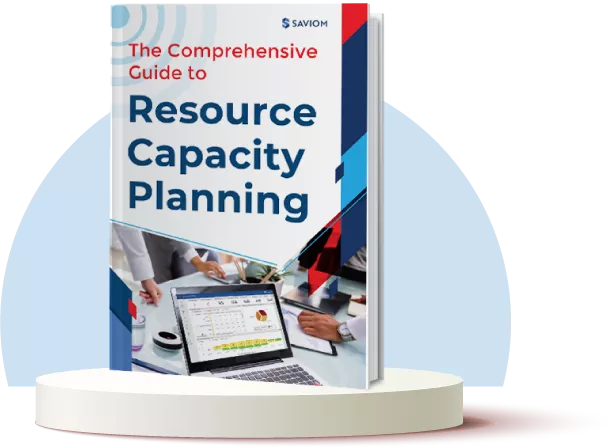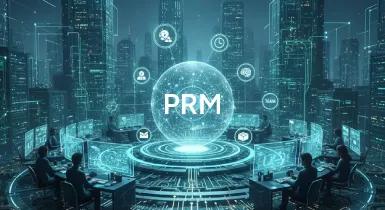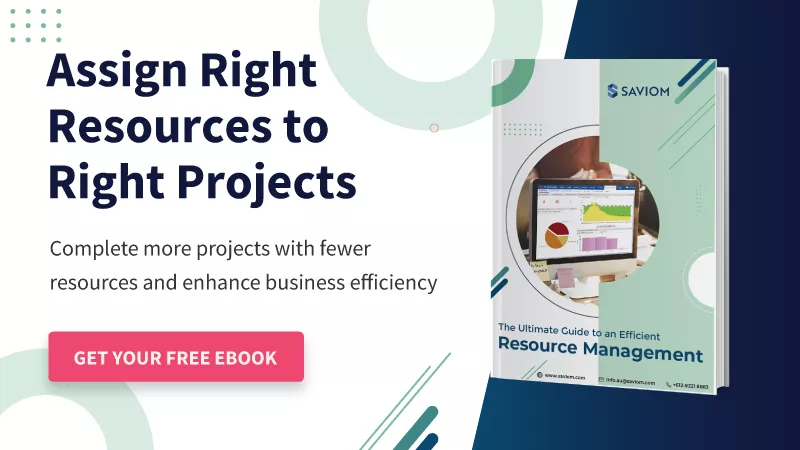“I am convinced that nothing we do is more important than hiring and developing people. At the end of the day, you bet on people, not on strategies.” – Larry Bossidy
Rightly said! People are an organization’s greatest assets, and managing them intelligently is key to ensuring success. However, this brings us to the debate of talent acquisition vs. talent management — two vital yet distinct functions in the HR landscape.
While often used interchangeably, talent management and talent acquisition serve distinct purposes. Therefore, understanding the nuances between these two processes is crucial for businesses looking to attract, nurture, and retain top talent for optimal outcomes.
In this blog, we’ll dive into the definitions, importance, and key differences between talent acquisition vs. talent management.
What is Talent Acquisition?
Talent acquisition is the process of identifying, hiring, and onboarding employees to fulfill an organization’s evolving business needs. It allows hiring managers to find and recruit the best-fit candidates with requisite skill sets that can help the company grow and thrive.
Importance of Talent Acquisition in a Firm
Talent acquisition is crucial in building a strong workforce to help companies address market volatility and capture emerging opportunities. It ensures the company has the right people at the right time and cost.
A strong talent acquisition strategy helps reduce costs by streamlining the recruitment process and attracting top candidates more efficiently. It also strengthens employer branding, making the company more appealing to potential employees.
Moreover, when talent acquisition is aligned with the organization’s goals, it directly contributes to the company’s success by ensuring that the right talent is in place to meet strategic objectives.
Now that you have understood the definition and importance of talent acquisition, let us delve into talent management.
What is Talent Management?
Talent management is a holistic process of attracting, developing, and retaining skilled employees to meet an organization’s goals and objectives. A robust talent management framework oversees the entire employee lifecycle, from recruitment to advocacy, ensuring organizations fully leverage their workforce’s potential.
Let us now explore the importance of talent management.
Importance of Talent Management for Businesses
Talent management goes beyond just acquiring new talent; it also prioritizes developing and enhancing the current workforce to adapt to evolving organizational requirements and market conditions.
Additionally, it helps identify and bridge skill gaps with customized training and development programs. This helps build a highly proficient workforce that can undertake multi-faceted projects.
Secondly, it facilitates succession planning, allowing firms to identify high-performing individuals for senior or leadership roles. This helps protect the organization from disruptions caused by the sudden departure of key personnel. Thirdly, it creates a positive work environment and company culture that enhances employee engagement, loyalty, and retention.
Let us now move on to the differences between talent acquisition vs. talent management.
Read More: The Benefits of Talent Management: How to Transform Your Business Potential
Talent Acquisition vs. Talent Management: 7 Key Differences
Although talent acquisition and talent management are part of the HR process, their roles and objectives somewhat differ. Let us explore more differences in the debate of talent acquisition vs. talent management.
Focus & Scope
Talent acquisition focuses mainly on identifying and hiring the best talent for the organization’s immediate job vacancies and business requirements. Its scope involves several activities, such as identifying recruitment needs, attracting the right candidates, rigorous selection processes, and onboarding.
Talent management focuses on nurturing and retaining employees once they are onboard. Its scope involves training and development, performance management, succession planning, employee engagement, and regular feedback. Talent management ensures that the workforce is well-prepared to meet evolving organizational needs and support long-term success.
Read More: Talent Management Best Practices: 10 Ways Firms Can Enhance Business Efficiency
Time Frame
Talent acquisition is a short-term process aimed at hiring the right candidate quickly. For example, when a tech company loses a senior software engineer unexpectedly and faces tight deadlines, the HR department swiftly advertises the job, contacts recruitment agencies, and conducts interviews. They then onboard the new hire promptly, minimizing time-to-fill and avoiding extended vacancies.
On the contrary, talent management is a comprehensive approach to building and maintaining an optimized workforce to meet the organization’s long-term goals. Its main aim is to optimize the entire resource lifecycle in the organization. For example, an aerospace company develops a talent management program to nurture high-potential employees for leadership roles. These career growth opportunities boost employee satisfaction, retain them for the long haul, and foster a positive environment.
Key Stakeholders
Key stakeholders in talent acquisition include internal and external parties, each playing a distinct role. Internally, hiring managers, HRD, and recruiters work together to fulfill talent requirements within the company. While recruiters gather and screen candidates, hiring managers are responsible for interviews and selection, and HR teams define job descriptions and assess cultural fit. Externally, recruitment agencies and job portals assist in sourcing the best-fit candidates from the labor market.
Talent management involves several key stakeholders, such as talent managers, department heads, and line or functional managers. Talent managers are responsible for analyzing and developing talent strategies that align with organizational goals. However, department heads and line/functional managers are responsible for implementing and monitoring them.
Read More: How to Excel as a Talent Manager? Key Responsibilities and Skills
Processes Involved
Talent acquisition begins with identifying the skill gaps and assessing hiring needs. It involves creating job descriptions and sourcing candidates through job boards, social media, and referrals. The hitting managers and HR work closely to screen and select applicants. Then, they extend offers to the chosen candidates and negotiate terms of employment. Finally, the new hire is onboarded and integrated into the team.
Talent management begins after the onboarding process, during which managers ensure that new employees have a smooth transition into their roles. It continues with performance management, which involves setting objectives, providing feedback, and assessing progress. Additionally, employees are continuously trained and upskilled to help them grow professionally. Besides, organizations implement recognition and reward programs to further bolster employee engagement, motivation, and job satisfaction.
Outcome & Impact
Effective talent acquisition aims to fill immediate vacancies that existing employees cannot replace. This process reduces the time to fill vacant positions, lowers recruitment costs, and ensures better-quality resources. Moreover, hiring the right candidates can dramatically improve workforce competency, enabling the organization to improve operational efficiency and seize future opportunities.
Talent management has a larger and more profound impact on company culture. It empowers organizations to develop and implement strategies that create a conducive workplace and a future-ready workforce. With effective talent management best practices, firms can retain top talent, maintain a healthy resource index, and drive business profitability.
Key Performance Indicators
Talent acquisition KPIs track important aspects of hiring. Key metrics include:
- Time-to-fill: How long it takes to fill a position.
- Cost-per-hire: The total cost of hiring someone.
- Quality of hire: Assessed by new hire performance and retention rates.
- Candidate satisfaction: Reflects applicants’ experiences.
- Diversity hiring: Measures success in attracting a diverse workforce.
Talent management KPIs focus on managing and retaining employees. Important metrics include:
- Employee retention rates: How many employees stay with the company.
- Engagement scores: From surveys that measure motivation and commitment.
- Internal promotion rates: How often employees are promoted within the company.
- Succession planning: Bench strength and number of successors for key positions.
- Performance metrics: Measure employee productivity, efficiency, and customer satisfaction.
Read More: Top 15 Operational Metrics That a Business Should Monitor
Technology & Tools
As per a survey conducted by G2, “Online job boards pull in 60% of job applications and social networks generate 56%.”
Hiring managers and recruiters primarily use tools like Applicant Tracking Systems (ATS) to organize resumes, schedule interviews, and communicate with candidates. Besides that, they use job portals to expand their reach and social media tools to enhance employer branding and attract top talent.
Talent managers rely on different sets of tools to streamline various processes. A solution like the Learning Management System (LMS) helps them deliver, track, and manage training programs. Moreover, they leverage Performance Management Software for continuous communication, employee goal setting, conducting surveys, and providing feedback.
Read More: Technology Trends that will Transform the Business Landscape
| Aspect | Talent Acquisition | Talent Management |
|---|---|---|
| Focus & Scope | Attracting and hiring talent for immediate needs. Includes sourcing, recruitment, selection, and onboarding. | Developing and retaining employees. Includes training, performance management, and succession planning. |
| Time Frame | Short-term and reactive, aimed at quick hiring. | Long-term and proactive, focusing on the employee lifecycle. |
| Key Stakeholders | Recruiters, hiring managers, and HR professionals. | Line managers, talent managers, training specialists, and department heads. |
| Processes Involved | Staffing needs, job descriptions, sourcing, screening, salary negotiation, and onboarding. | Monitoring KPIs, performance evaluations, training & development, and succession planning. |
| Outcome & Impact | Ensures the right people are hired for job vacancies at the right time and cost. | Ensures the organization is always equipped with a proficient workforce. |
| Key Performance Indicators (KPIs) | Time to fill, cost-per-hire, quality of hire, offer acceptance, and candidate satisfaction. | Retention rate, performance metrics, internal promotions, and training participation. |
| Technology & Tools | Applicant Tracking System (ATS), job portals, and social media. | Learning Management System (LMS) and Performance Management Software. |
Wrapping Up
Talent acquisition and talent management are both fundamental components of a successful HR strategy. When comparing talent acquisition vs. talent management, it’s clear that while talent acquisition focuses on recruitment, talent management is crucial for nurturing and retaining employees. By joining forces, these two strategies help firms build a dynamic, skilled, and committed workforce.
The Glossary
Read More: Glossary of Resource Workforce Planning, Scheduling and Management
The SAVIOM Solution
SAVIOM is undoubtedly the market leader in offering the most powerful and configurable Enterprise Resource Management Solution. Having more than 20 years of experience, this Australian-based MNC has a global presence in over 50 countries. It is also popular with more than 100 customers and helps them to achieve their business goals. SAVIOM also has products for project portfolio management, professional service automation, and workforce planning software which can be easily customized per business requirements.










